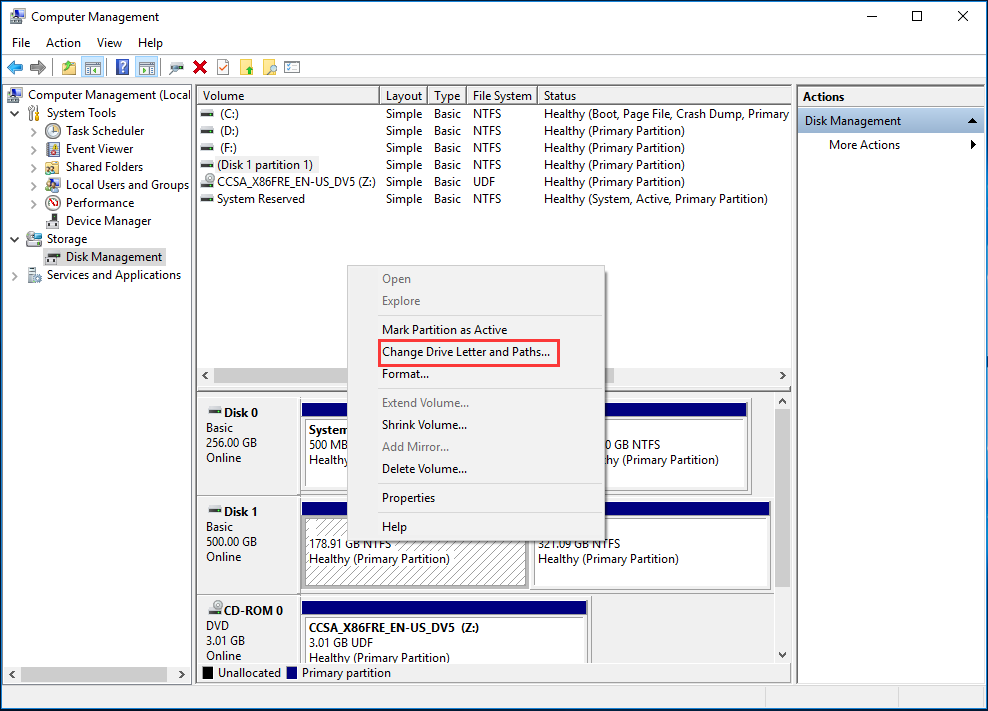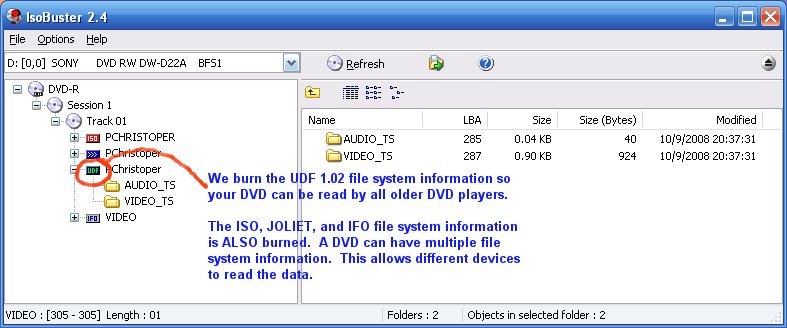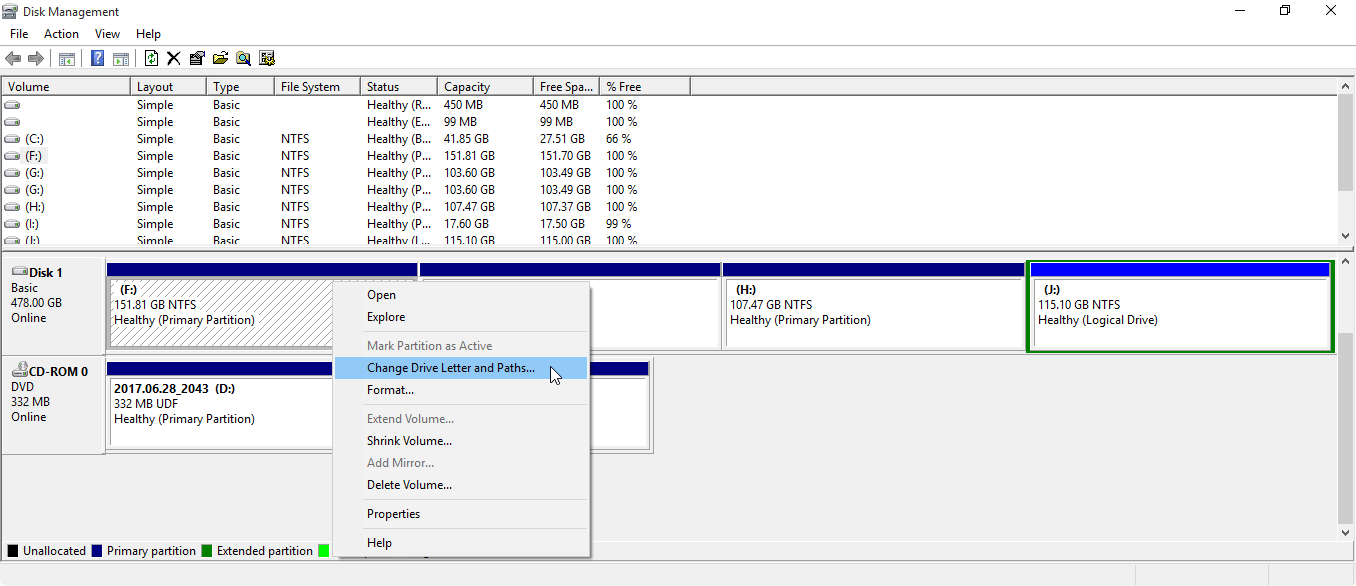

Revision 2.01 (15 March 2000) is mainly a bugfix release to UDF 2.00.Added support for Stream Files and real-time files (for DVD recording) and simplified directory management. Added sparing tables for defect management on rewritable media such as CD-RW, and DVD-RW and DVD+RW. Added support for (virtual) rewritability on CD-R/DVD-R media by introducing the VAT structure. Added DVD Appendix and made a few minor changes. Multiple revisions of UDF have been released:
#UDF FILE SYSTEM READER WINDOWS 10 ISO#
A "UDF Bridge" format is defined since 1.50 so that a disc can also contain a ISO 9660 file system making references to files on the UDF part. UDF shares the basic volume descriptor format with ISO 9660. After the release of the first version of UDF, the DVD Consortium adopted it as the official file system for DVD-Video and DVD-Audio.

When first standardized, the UDF file system aimed to replace ISO 9660, allowing support for both read-only and writable media. The Optical Storage Technology Association standardized the UDF file system to form a common file system for all optical media: both for read-only media and for re-writable optical media. High-Definition Versatile Multilayer Disc (HD VMD).

#UDF FILE SYSTEM READER WINDOWS 10 CODE#
Vendor-neutral file system, used in practice for DVDs and other optical discsĮBD0A0A2-B9E5-4433-87C0-68B6B72699C7 ( GPT)Ģ TiB (with 512-byte sectors), 8 TiB (with 2 KiB sectors, like most optical discs), 16 TiB (with 4 KiB sectors) Īny 16-bit Unicode Code point excluding U+FEFF and U+FFFEĬreation, archive, modification (mtime), attribute modification (ctime), access (atime)


 0 kommentar(er)
0 kommentar(er)
